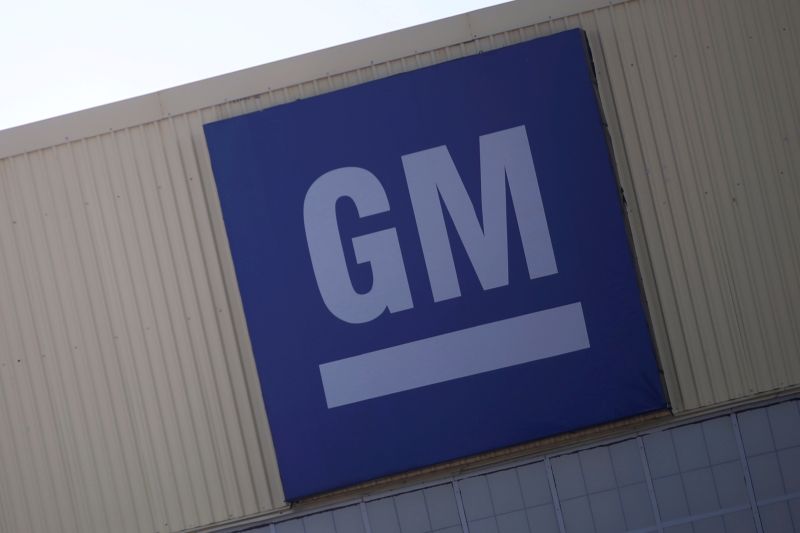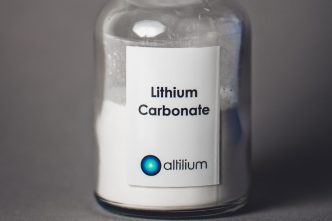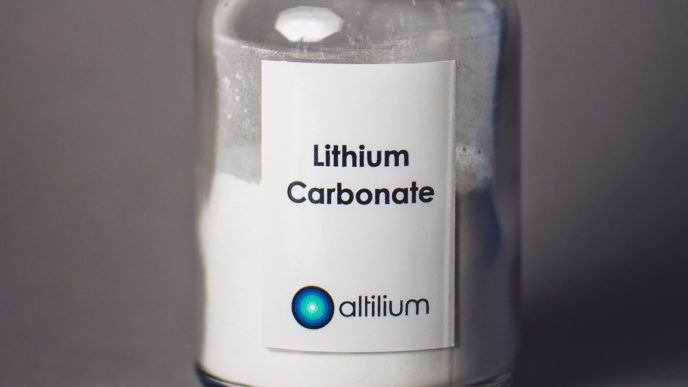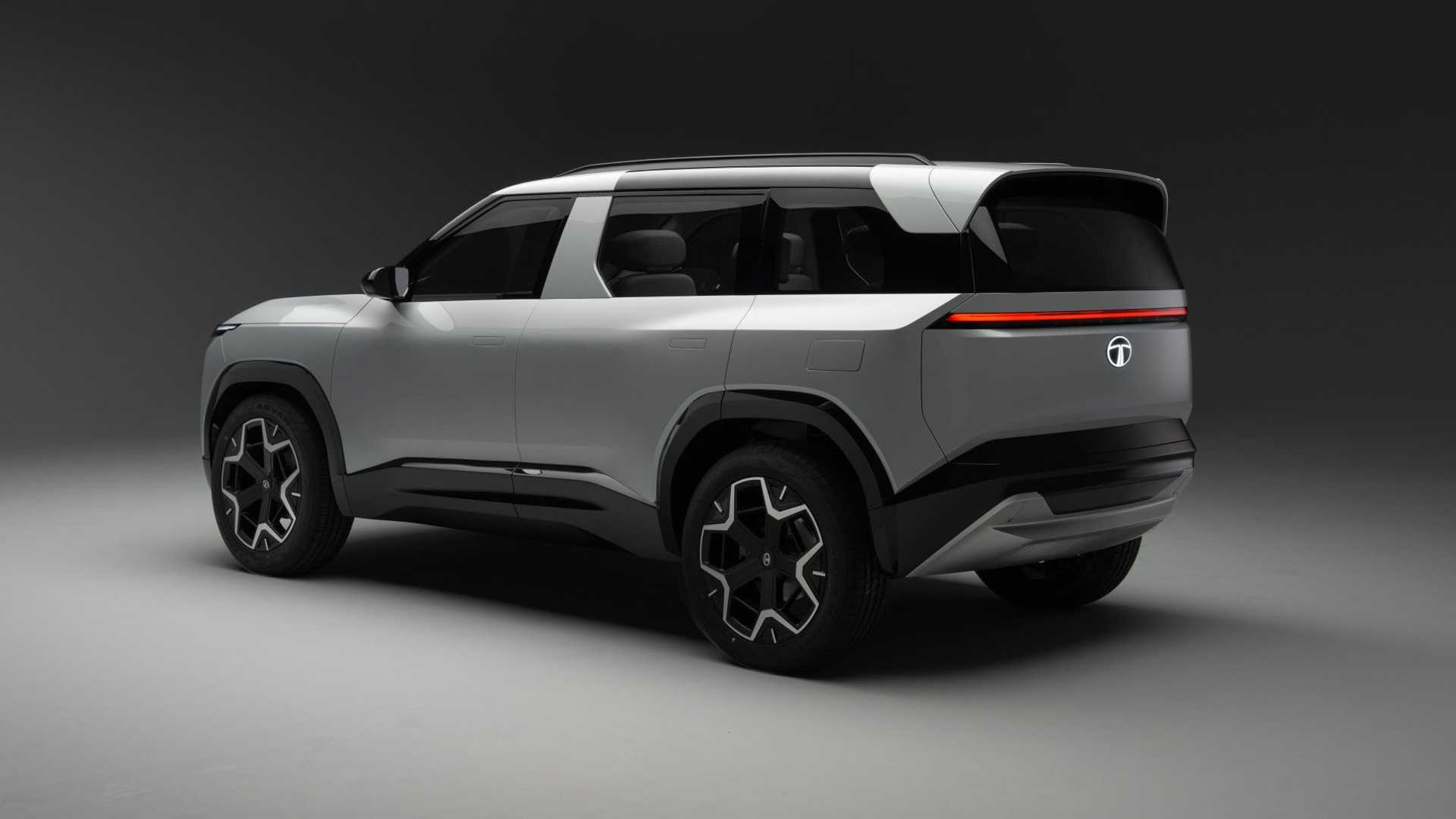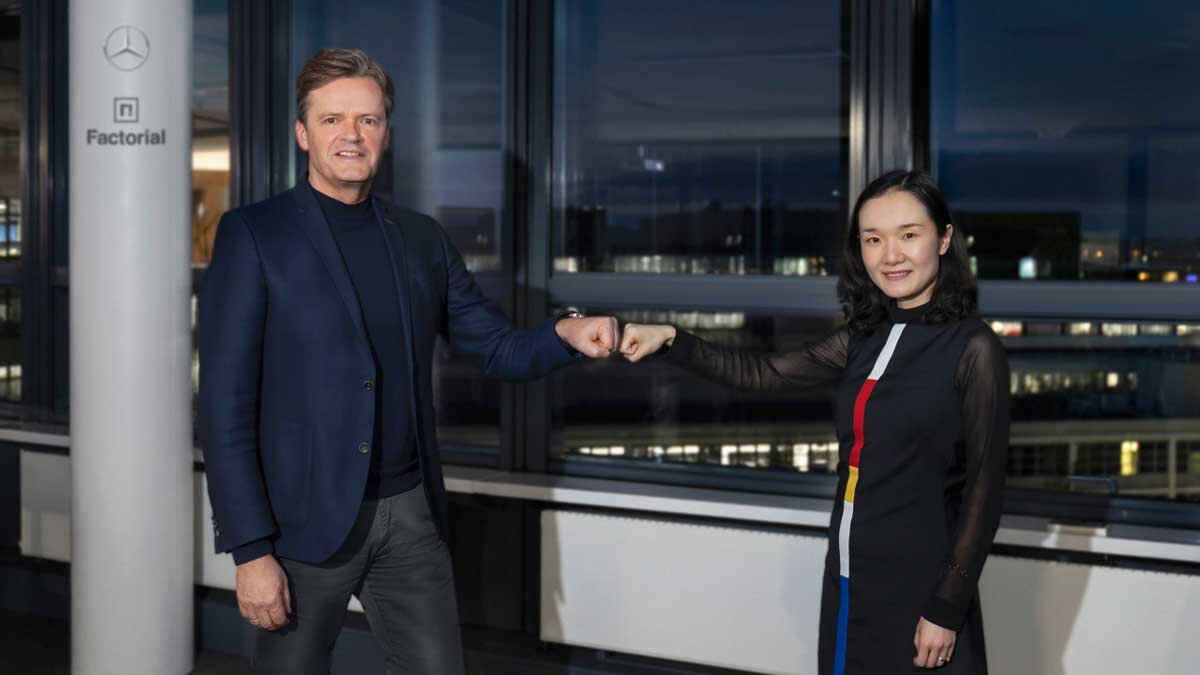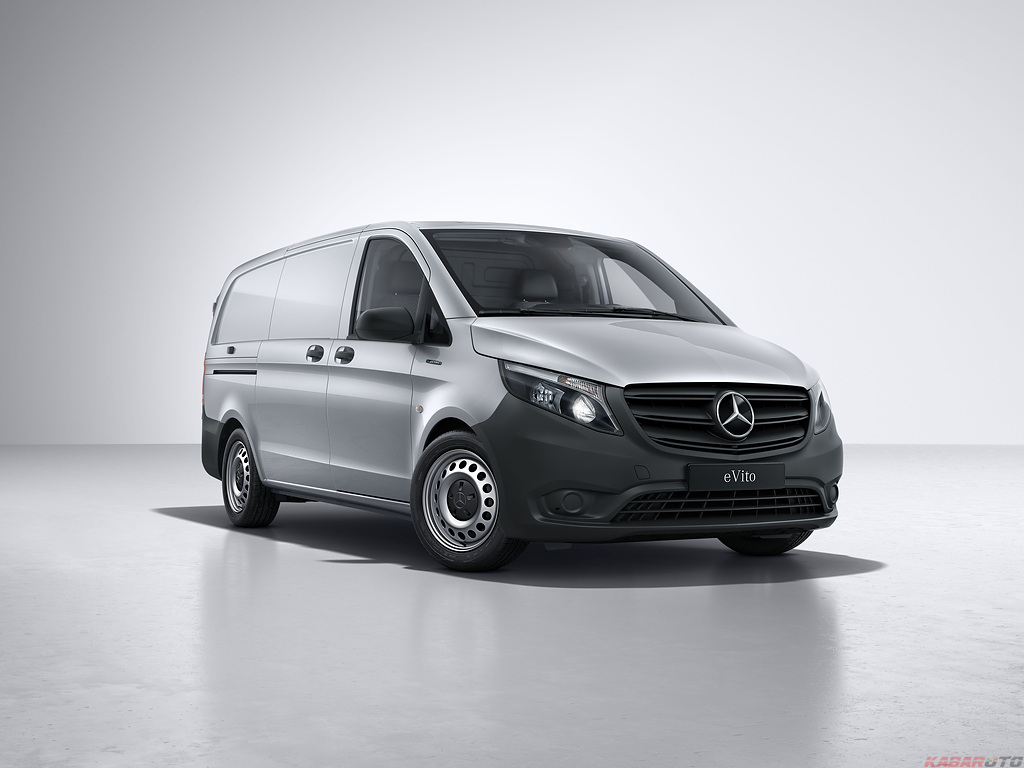General Motors (GM.N) has signed a multi-year, multi-billion dollar agreement with Norway’s Vianode to supply synthetic graphite anode materials for its electric vehicle (EV) batteries.
The deal, running from 2027 to 2033, will provide the crucial material for batteries produced by the Ultium Cells joint venture between GM and LG Energy Solution. This collaboration is part of GM’s ongoing efforts to enhance its EV battery technology.
“This project will help advance our battery technology and drive greater value to our customers,” said Jeff Morrison, GM’s senior vice president of global purchasing and supply chain, in a statement.
Vianode plans to begin production of synthetic graphite at a new plant in North America by 2027. Although the location has not yet been disclosed, the facility will be situated near GM and LG’s battery production sites. In its first phase, the plant is expected to produce around 80,000 tons of synthetic graphite annually by 2030, enough to supply approximately 1.5 million EVs. Vianode already operates a production plant in Herøya, Norway, and is in talks to supply other automakers as well.
“The entire EV ecosystem depends upon the import of one critical mineral,” said Vianode CEO Burkhard Straube. “What General Motors wants and we want is a resilient supply chain for North America.”
The agreement comes as GM seeks to reduce reliance on China, which currently controls 95% of the global graphite supply. Vianode’s synthetic graphite has a 90% lower CO2 footprint compared to conventional production methods, offering a more sustainable option for the growing EV market. Straube emphasized the scalability of synthetic graphite production, noting that “with synthetic graphite, you can build another plant in two or three years,” whereas new mining operations take much longer to establish.

